At 6:30am we found ourselves overlooking the marshes near the village of Durankulak. We were hoping to find Paddyfield Warbler, which would be a new species for me, and is a rare breeding bird in Europe. It was a discouragingly windy day, so locating one and hearing song over the rustling of the reeds was going to be tough. We started off with a Reed Warbler and a few Great Reed Warblers, followed by some Cetti’s Warblers and then after a bit 2 Savi’s Warblers — a long-awaited new species for me. Our hope of finding the target had begun to dampen, until 7:30am when we heard something different singing faintly from the reeds. Before long we had been able to confirm it as a Paddyfield Warbler, and after a bit of a wait it even became visible, relatively close, for a few minutes. The blustery conditions made photography a real challenge. The best tactic was to shoot long bursts of images and hope that in one, the reeds would all have swayed out of the way leaving a clear gap through. A few hours later we had another view; this time it came out into a small tree.
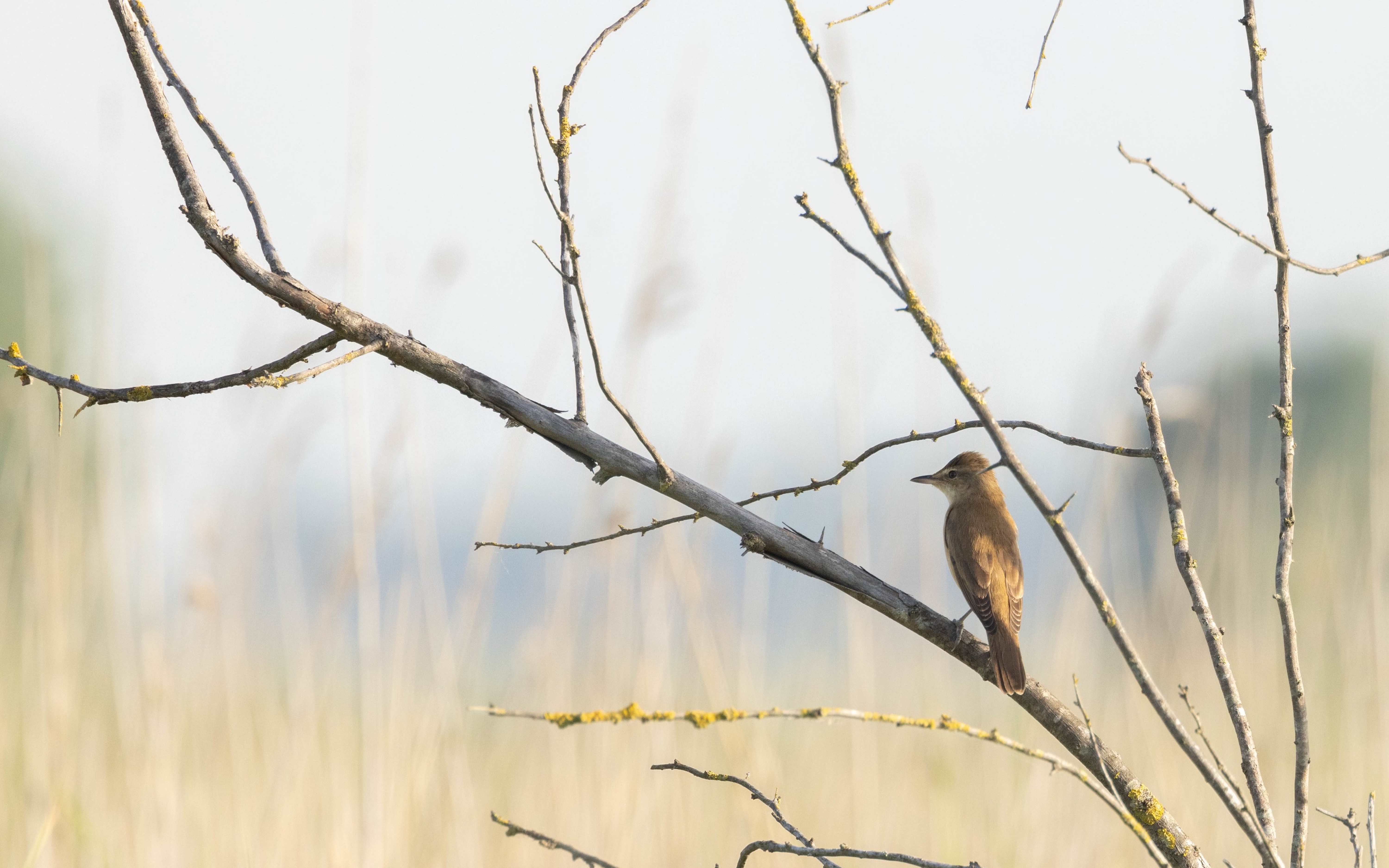


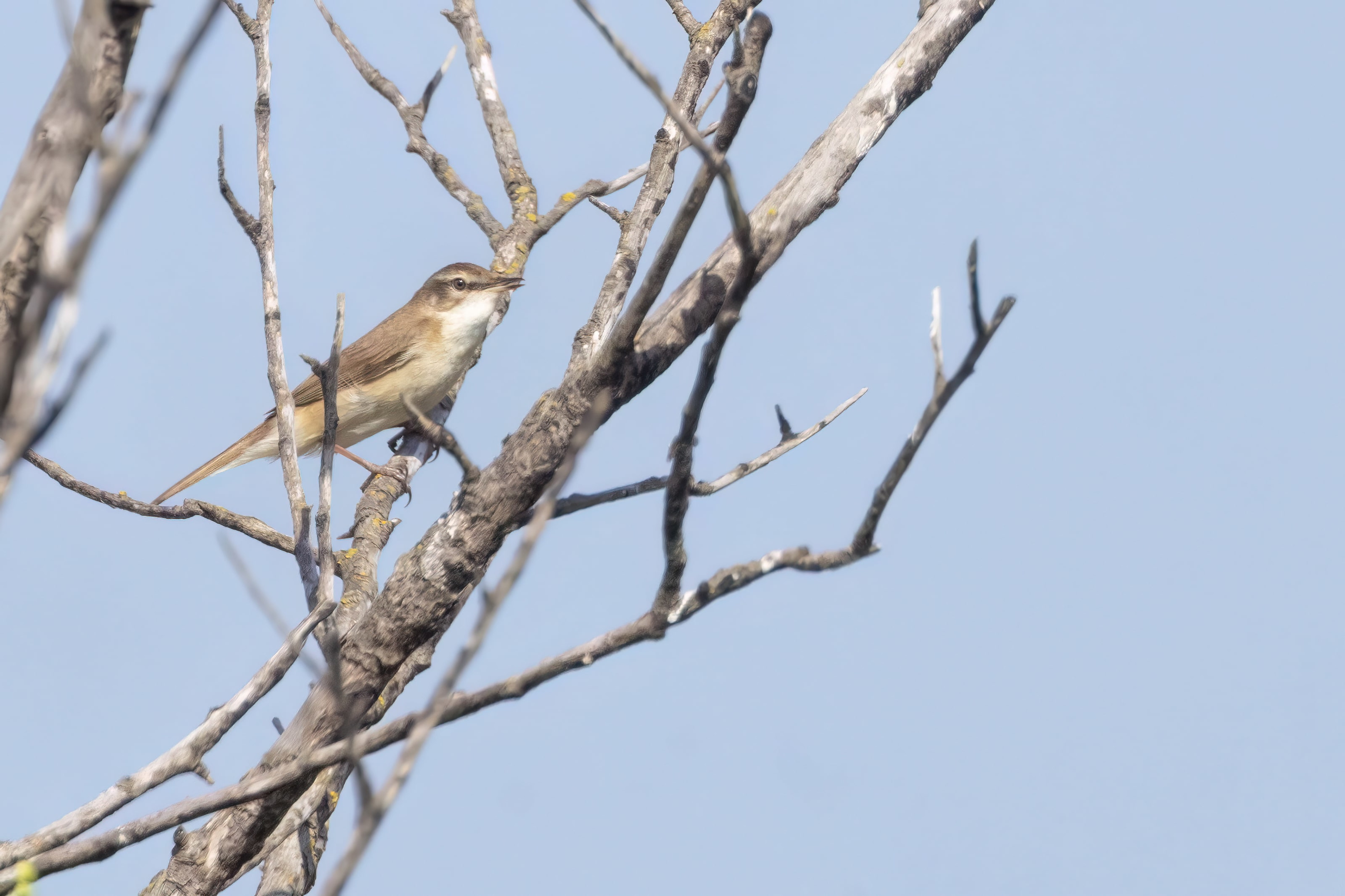
At various stages flying over the marshes we recorded Purple Heron and Night Heron, 7 Ferruginous Duck, Common Terns, a few Bee-eater, a Golden Oriole, some Cuckoos and 2 Marsh Harrier. There were loads of Swift flying north, plus House Martins and 4 Sand Martins. On the adjacent beach we counted 3 Little Ringed Plovers.
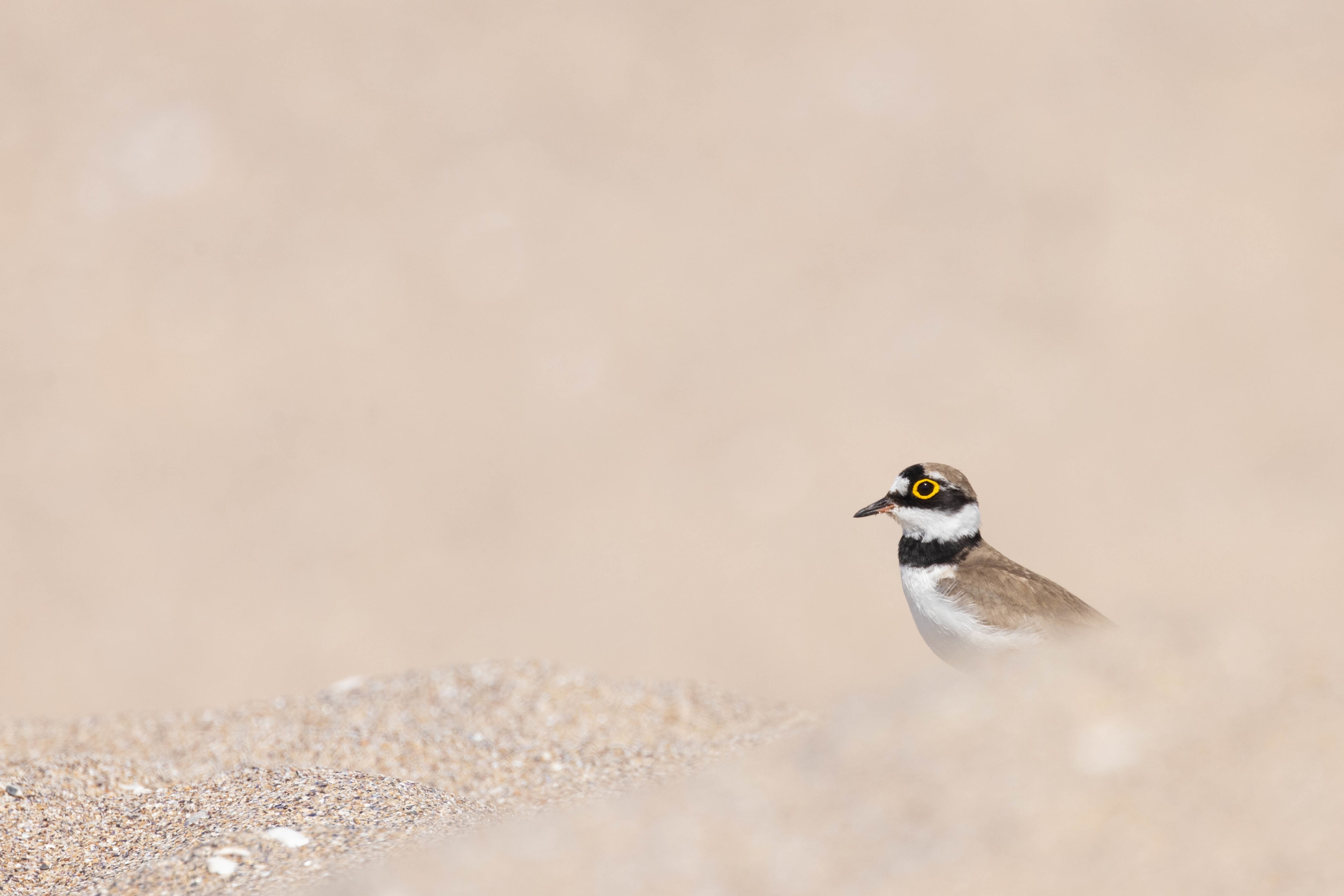
The edge of the marshes and the beach itself were good for dragonflies too. The star find were 2 Black Pennant — one of my targets for the trip but one I hadn’t expected until the final leg of the trip in a few weeks time. I was able to get pleasing images of both a male and a female. We also recorded 10+ Lesser Emperor, 25+ Broad Scarlet and a few Black-tailed Skimmer. I also found a Grass Snake ssp. persa.

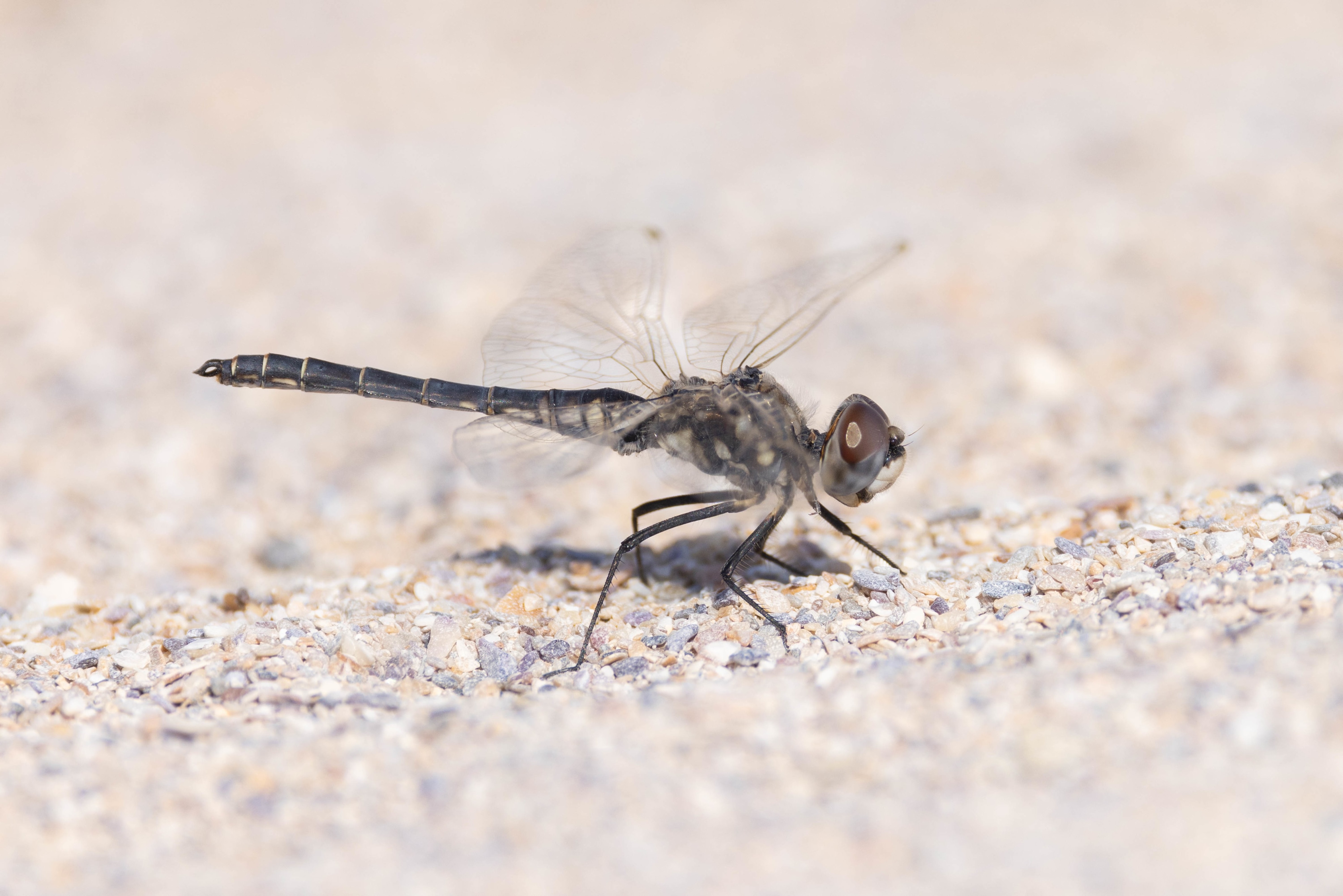
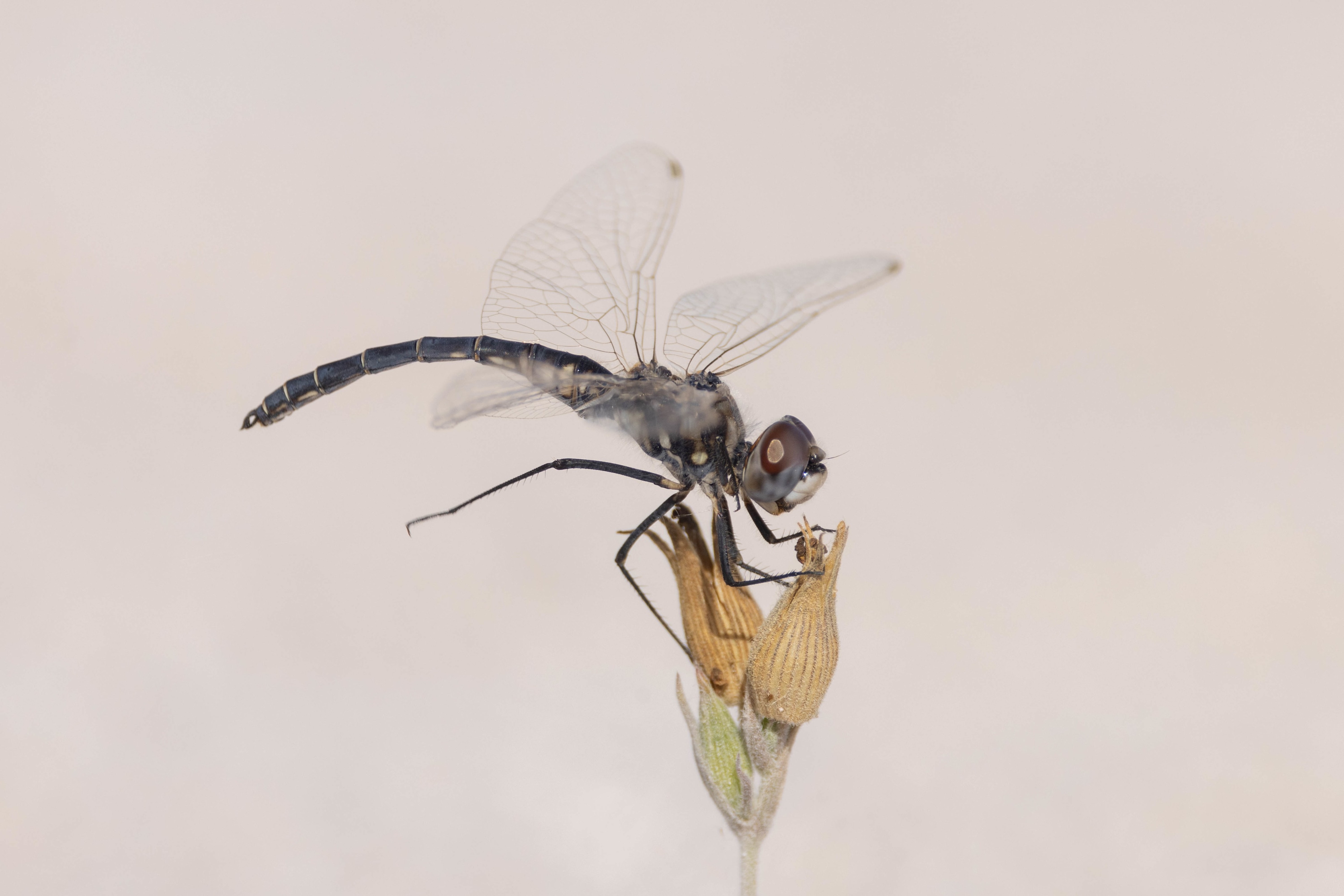
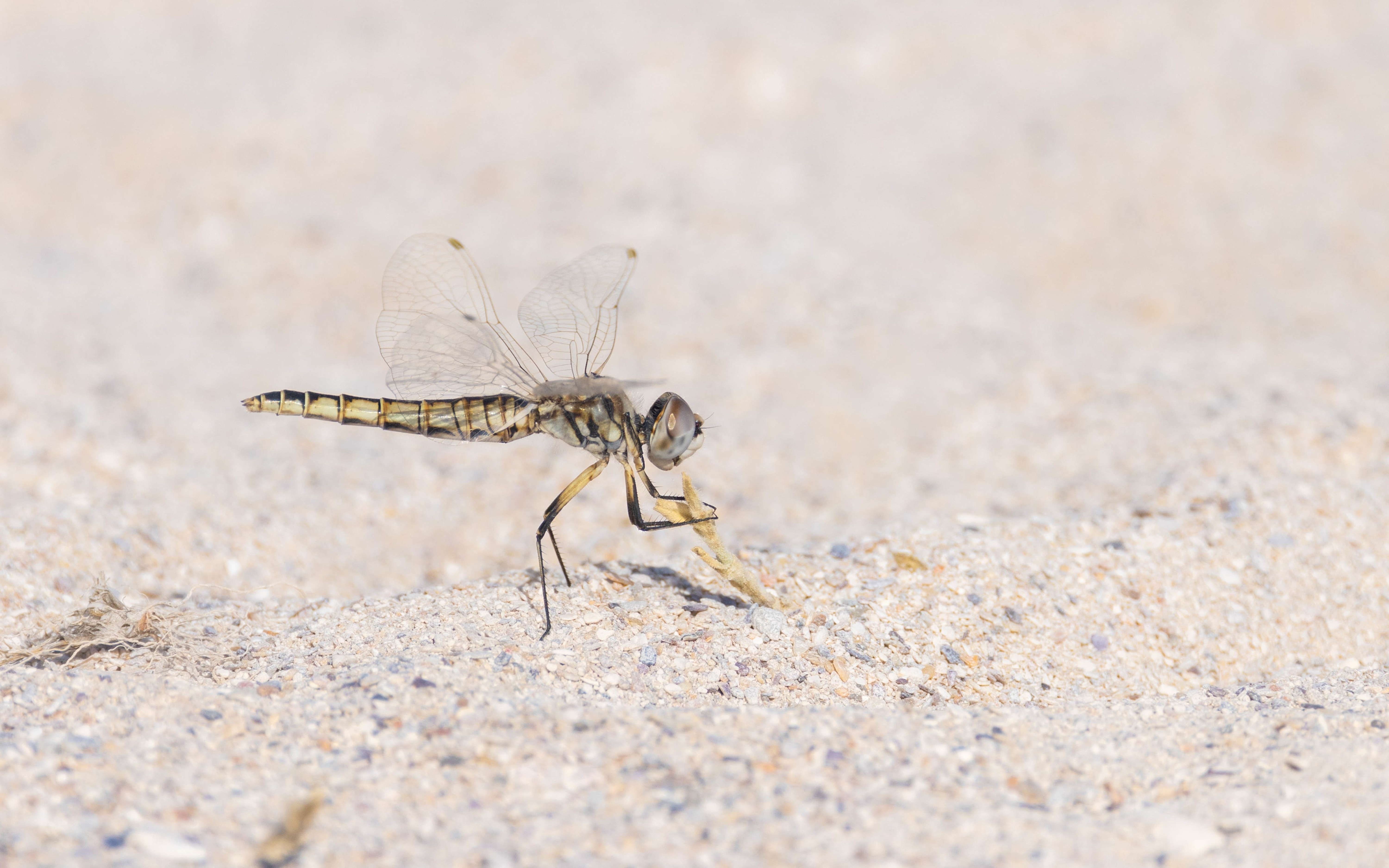
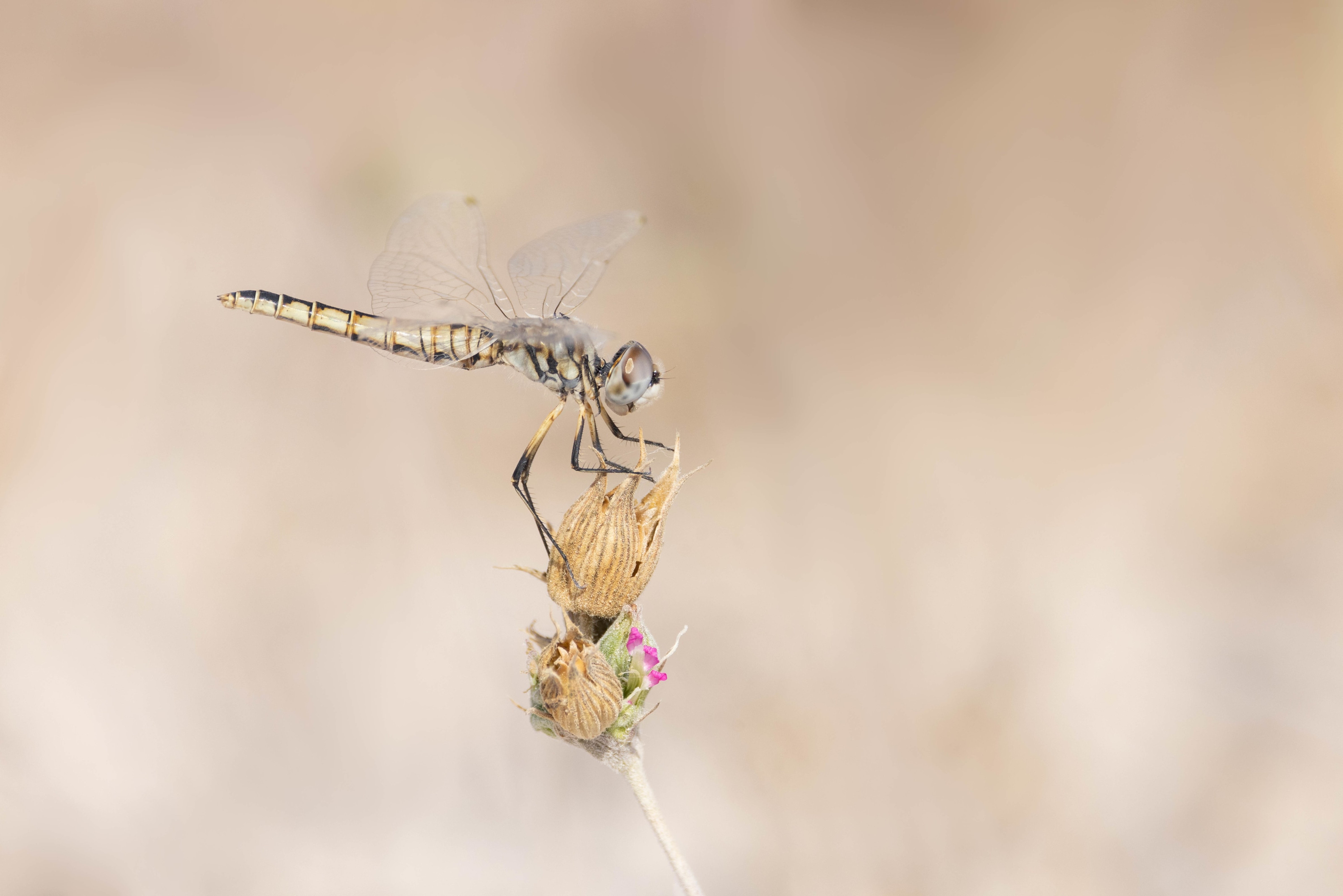
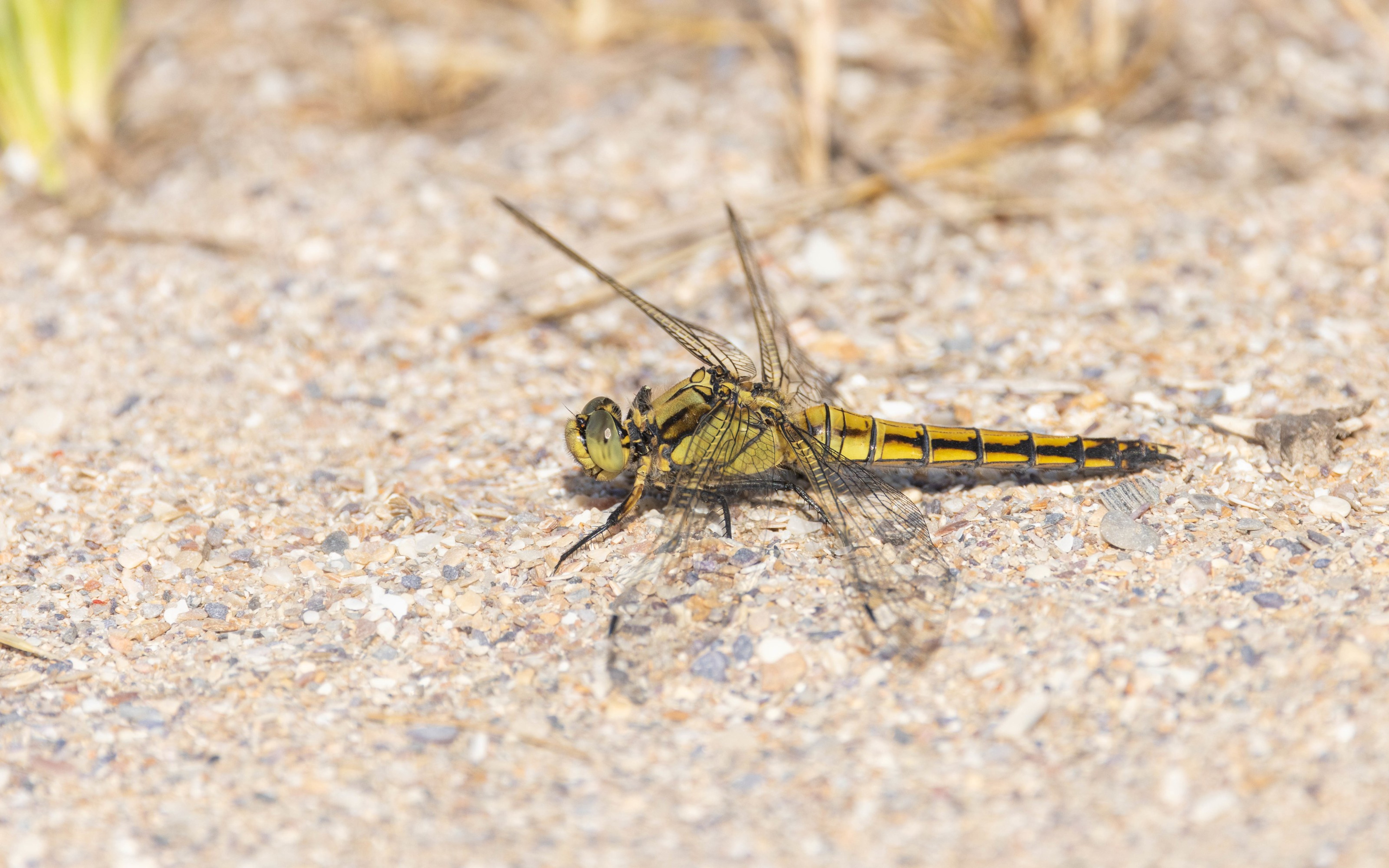
After a productive few hours we left the site at 10:00am and began the longish drive down the coast to our next site of the day — a clifftop reserve called Yaylata. By the time we arrived it was nearly midday, so photography wasn’t really possible. We did however record a nice variety of birds, including three of our targets for this part of the country: a few Calandra Lark, 3 Pied Wheatear, and the highlight a flock of 25+ Rose-coloured Starlings. Offshore there were some Shag ssp. desmarestii, our only of the entire trip, some Sandwich Tern and 2 Hobby which provided great views against the backdrop of the Black Sea. We were also pleased to find a migrant Willow Warbler. Non-birds included an Eastern Green Lizard, 2 Balkan Wall Lizard and lots of the Pyralid moth Synaphe moldovica.
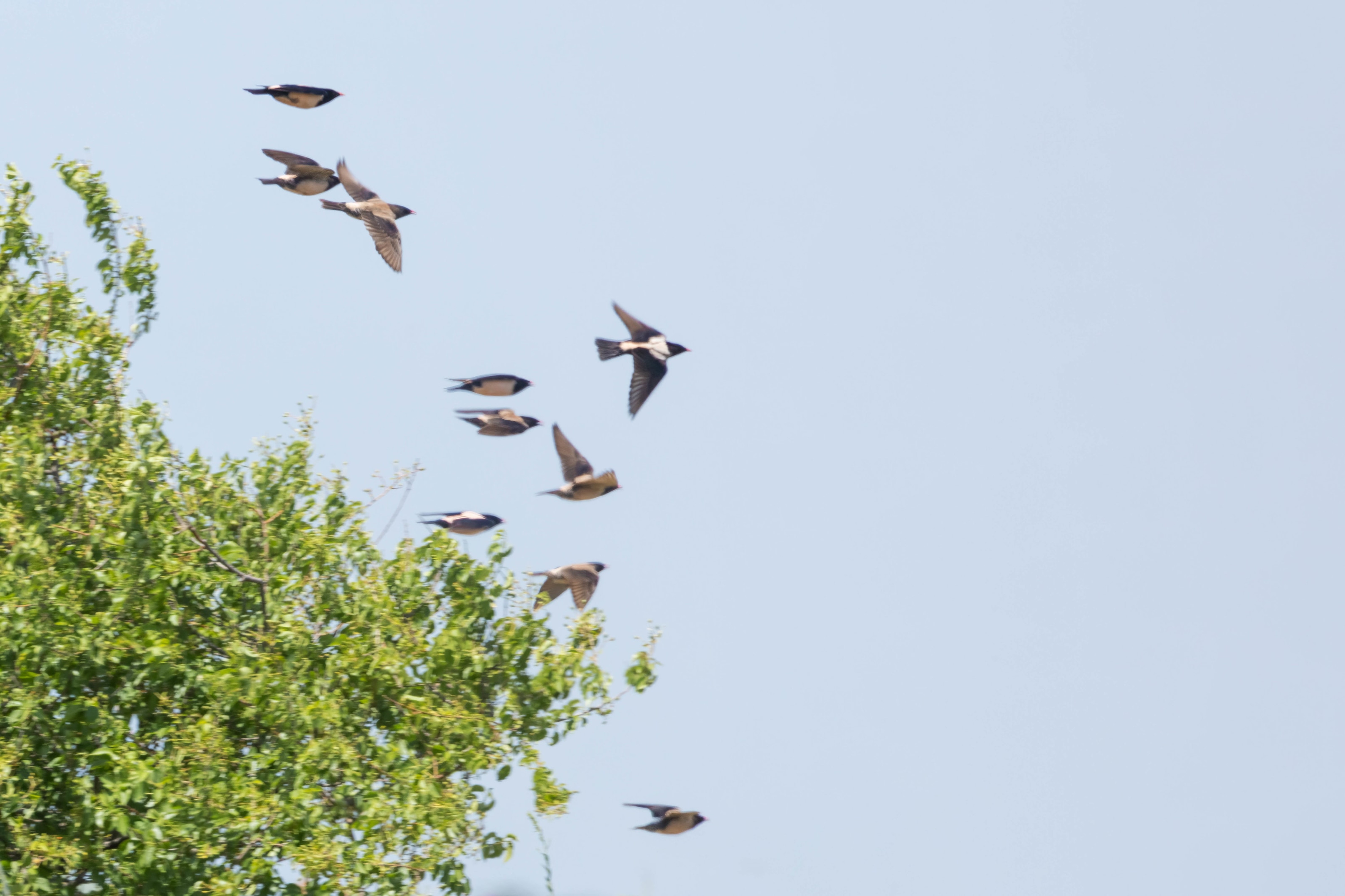
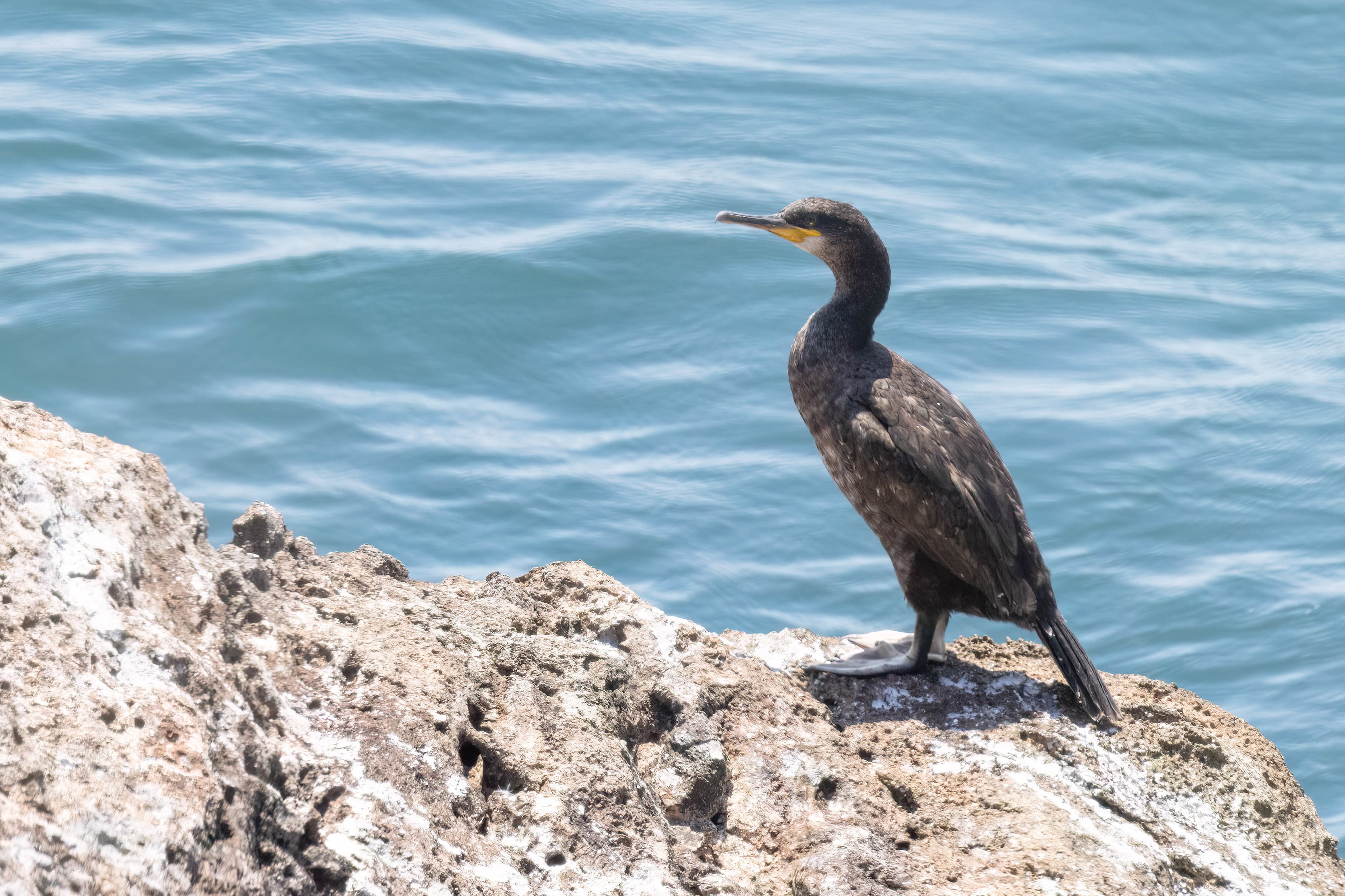
We stopped next in the village Balgarevo, to drop our bags off at the hotel and find somewhere to get some food. While hunting for somewhere to eat, we came across a pair of Lesser Grey Shrike that appeared to be nesting in a couple of conifers right by the main road through the village. A real stroke of luck and a golden opportunity to photograph a species of which I’d yet to get any particularly good images.
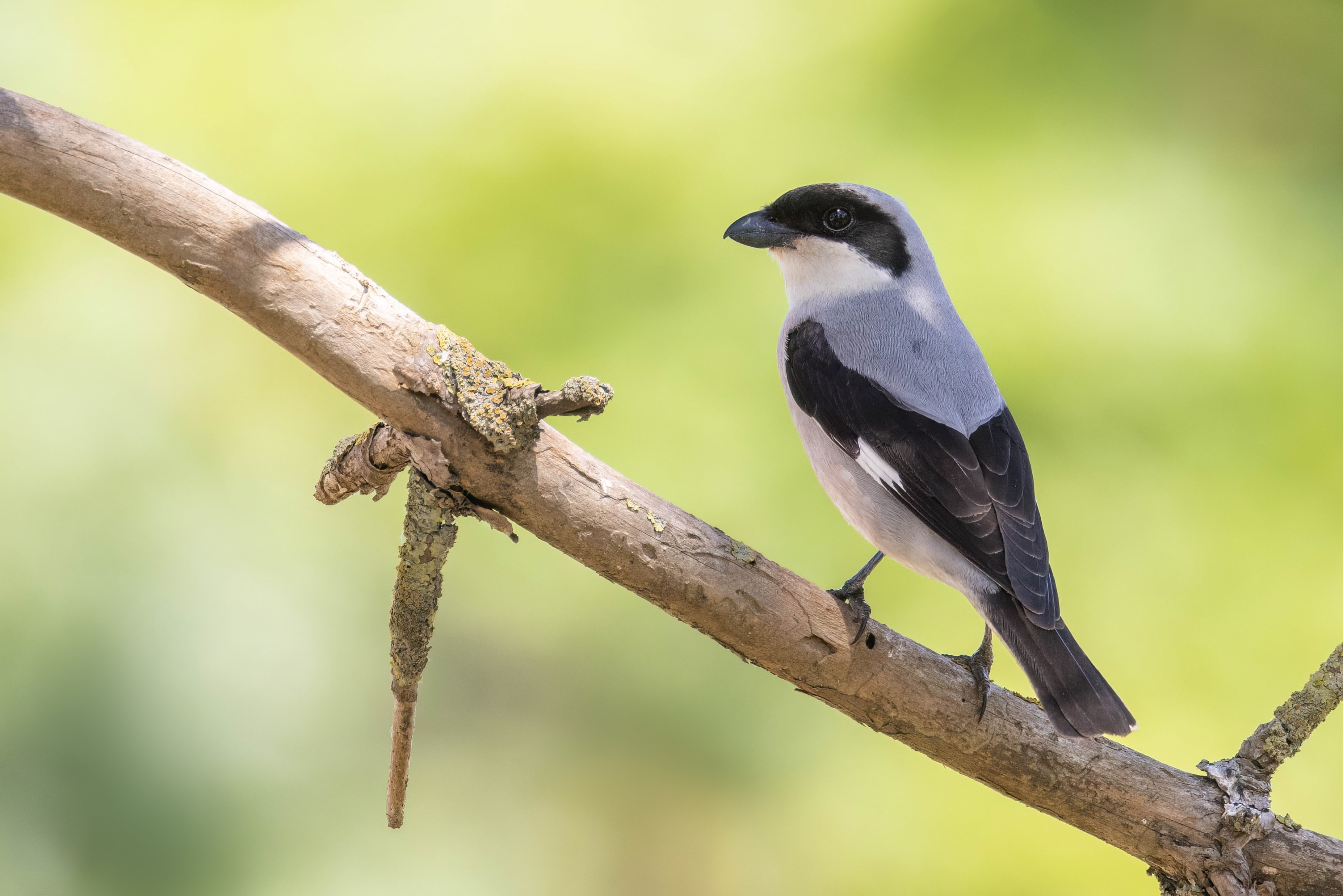
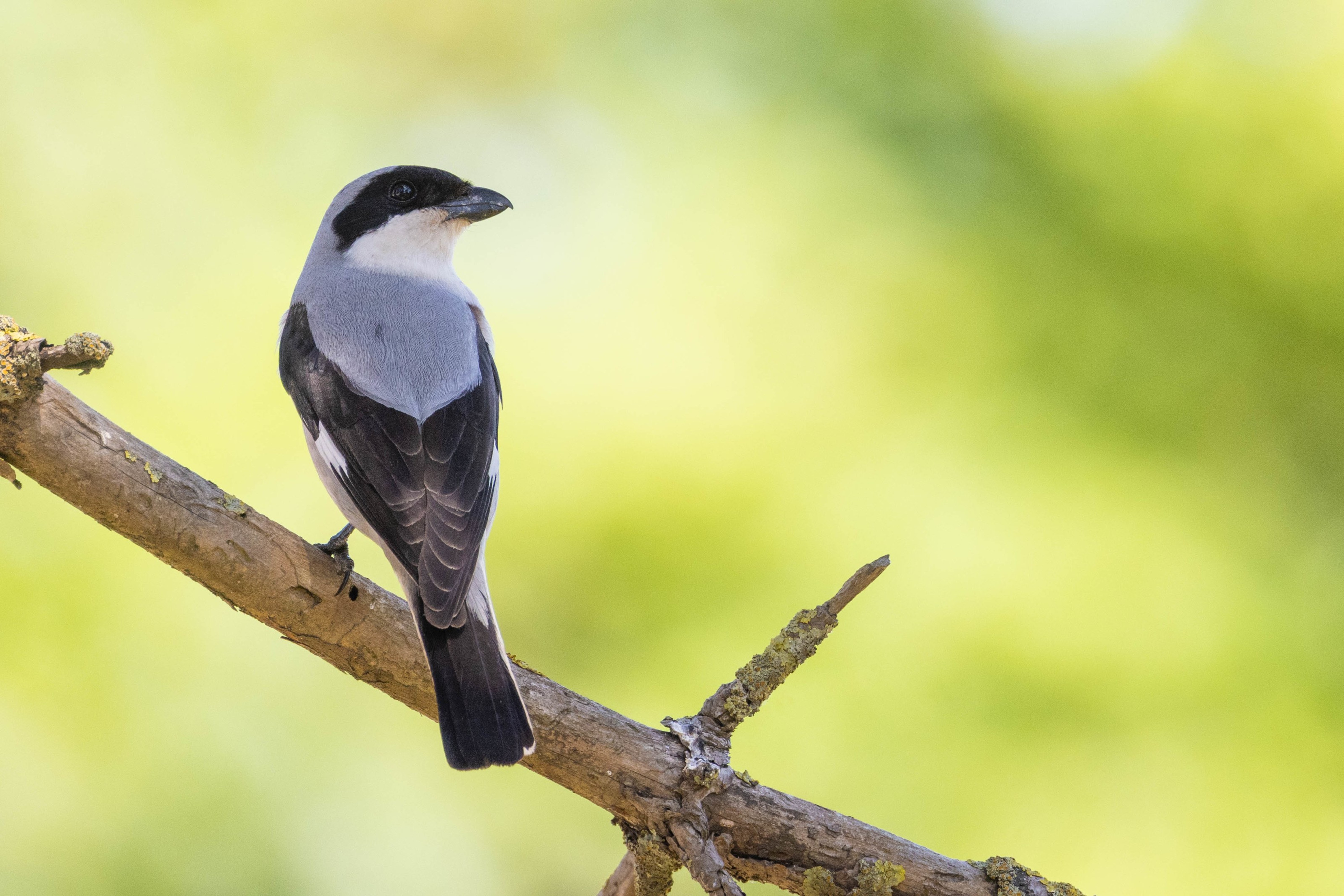
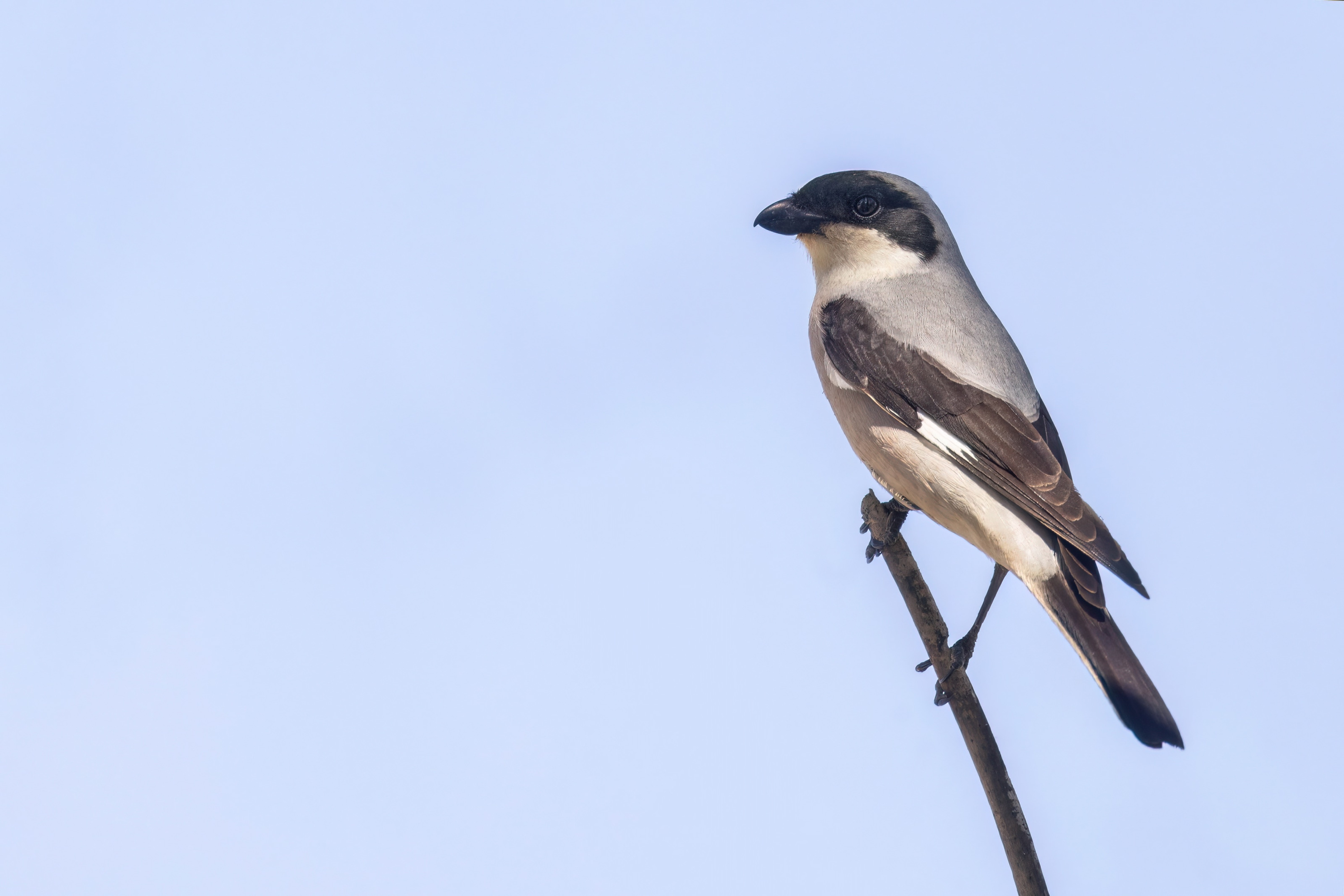
The final stop of the day was Cape Kaliakra, to look for wheatears. It was a productive session so the photos will appear in the next installment.
No comments yet — leave one below: